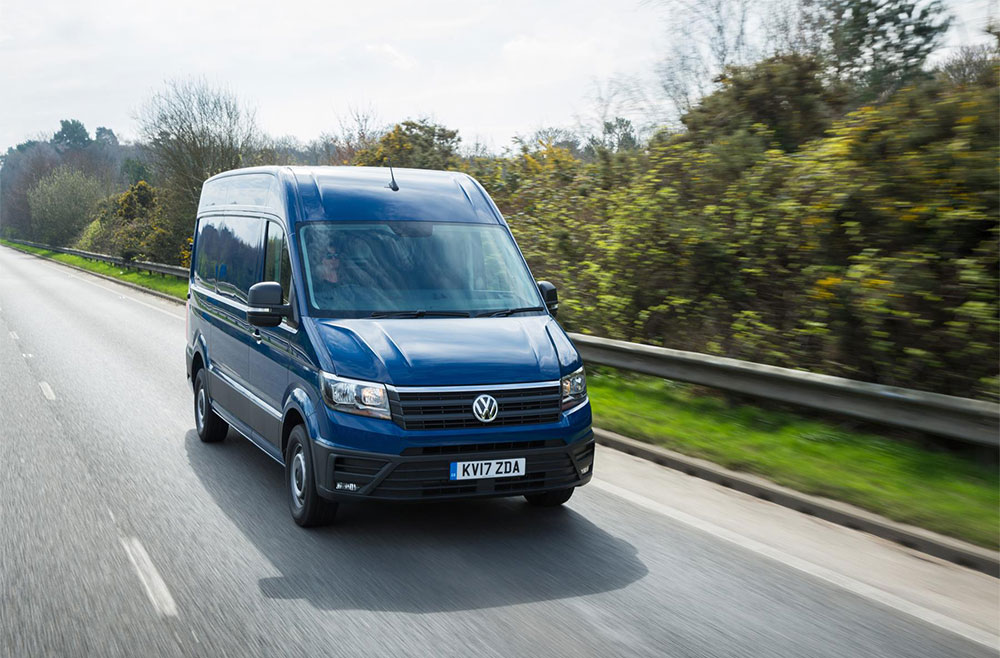NEED a new van? Question is do you buy new outright or are there other options that would better suit the needs of your business.
For an SME or sole trader, buying and running a van is often necessary and not that cheap, so selecting the best option is critical – and there are various finance options available.
These will depend largely on the specific needs of your business, as well as your economic circumstances, but there are three ways of looking at it.
- Buying
- Leasing
- Contract hire or purchase
- Hire purchase
Looking at the first of these options, buying and ultimately owning the vehicle is perhaps the simplest, if not the most cost effective.
The advantage is that the van is yours to do with as you wish, you retain full control, service where and when you want, insure it with whoever you want and keep it for as long as you want.
This gives you ultimate flexibility but there are downsides. First, you have to find a large chunk of cash up front to fund the van, or take up a costly loan options.
There will also be unpredictable maintenance costs, keeping abreast of VED, insurance etc and getting rid of the vehicle once it has served its purpose.
If you own your van outright, the business has to carry the financial responsibility for a depreciating asset. It could lose more value than you predict over the course of ownership.
If you’ve bought a van, you will probably tend to keep it for longer to mitigate against the heavy initial depreciation. Then you will almost certainly face higher long-term servicing and repair bills.
So, if you are put off buying outright, how about leasing?
This means you will never actually own the van, but this is not necessarily a bad thing.
Basically, you are hiring it for the length of the lease contract. After this, most deals will give the option of buying the vehicle outright or offer a new lease on a brand-new van.
The main advantage of leasing is that is possible to accurately predict the costs over the course of the lease period, providing financial stability.
There are other advantages depending on the deal and how much you want to pay. Some hire purchase or lease deals will also cover the cost of routine servicing.
Van manufacturers sometimes offer fixed-price servicing deals, however you pay for the vehicle.
A lease deal will require an initial deposit. It can be quite small although by paying more upfront can mean the monthly repayments are lower. Shopping around could uncover some zero deposit deals.
During the lease contract, typically between two and five years, it likely, however, that you will end up paying more than the value of a brand-new van, minus its value at the end of the lease contract – everyone has to make a margin.
Looking at it another way, it is probably going to be considerably less than the cost of the interest on a non-secured loan.
So what’s with a Personal Contract Purchase (PCP)?
As with a lease agreement, there will be a deposit and an agreed monthly rate over a fixed term. The difference is that you have the opportunity to own the vehicle outright at the end.
Monthly repayments on PCPs will be smaller than a lease payment because at the end of the term a final lump sum – or balloon payment – is made to complete the purchase.
But, you don’t have to pay it or take ownership of the van. You can either just hand it back or use it as a deposit on a new contract and start the whole cycle again.
A hire purchase (HP) agreement is similar to a PCP with a loan from a dealer or broker secured against the van.
This is paid off in monthly instalments, with a deposit beforehand and a lump sum at the end. The difference is that there will not be the option to hand the van back.
When looking for a new van, it may be tempting to look no further than the finance offered by the dealer. But it’s important you get the best deal for your business.
Take a close look at the total amount payable to leasing or contract hire deals and compare them to a personal loan.
Spend some time checking out the best personal loan rates currently available, as rates can vary widely.
While shopping around, be wary of making multiple applications. This could have a negative impact on your credit rating – and may reduce your chances of being accepted.
Bear in mind that lenders are operating risk-based pricing, only offering loans to the most creditworthy applicants – often at a premium.
Look at the small print below the advertised ‘typical’ rate. The actual rate that you end up paying could be higher.
Don’t be afraid of haggling, it’s surprising how much further the price can be reduced simply by asking. If you can’t get the price down, you may be able to negotiate some free extras.







Leave A Comment